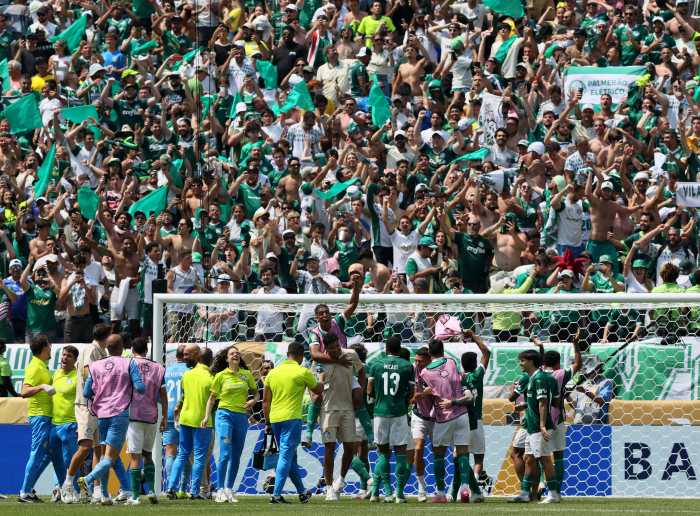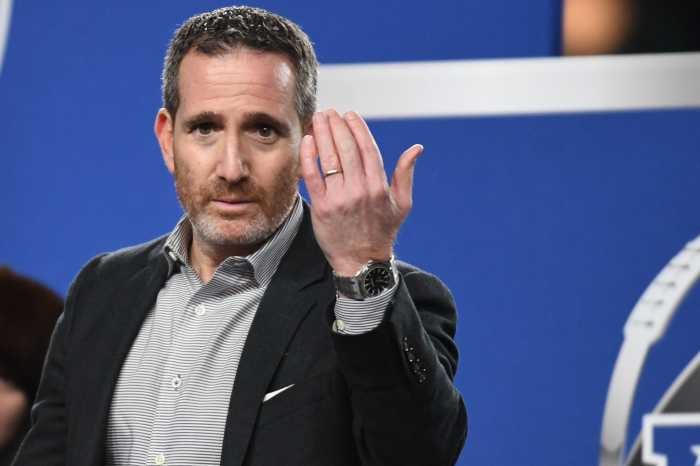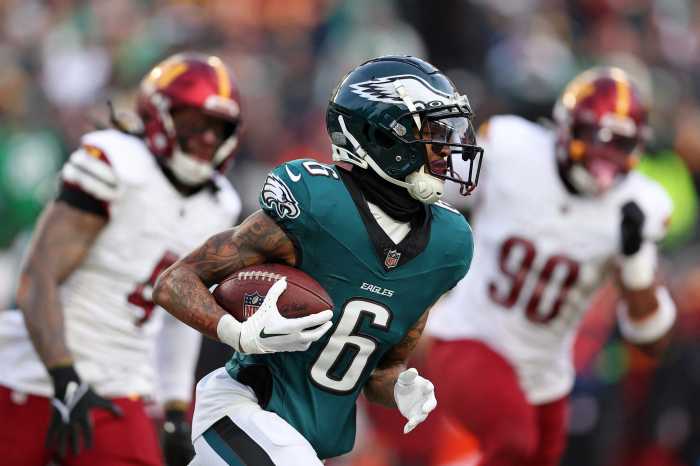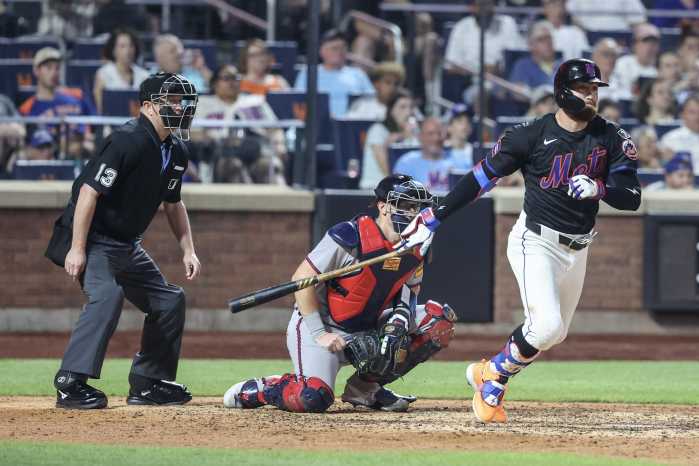Motion
By the NFL rulebook
“When the ball is snapped, one player who is lined up in the backfield may be in motion, provided that he is moving parallel to or away from the line of scrimmage. No player is permitted to be moving toward the line of scrimmage when the ball is snapped. All other players must be stationary in their positions.”
Why teams use pre-snap motion
1- To see if a defender goes with the offensive player, which tells the QB if the defense is in man or zone coverage.
2- Creating mismatch advantages.
A- The player in motion has a head start off the release of the snap.
B- The offense can also move a player to a favorable matchup, once the defense is aligned, to try and exploit a vulnerability. Whatever the mismatch is. Size or speed, etc.
3- Set bunch or stack formation which forces the defense to decide how they are going to defend it. Requires very good defensive communication and the defenders have to determine quickly if they are going to go man or an in-and-out zone style coverage. (The Eagles have had a very hard time defending this)
4- Motion WR into position for pass protection or run-blocking lanes.
5- Attack the edge, particularly with sweeps.
6- Allows the QB to see potential pressure and redirect coverage.
EX: Motioning from an empty back set to bringing an RB into the backfield.
Why teams do not use pre-snap motion
1- You have to be more efficient and timely in playcalling. Running motion takes more time, and more time can lend itself to delay of game penalties.
2- Pre-snap motion also is prone to illegal formation and illegal motion penalties.
3- Most Head Coaches have installed their offenses with or without motion and it is not something that can easily be added. Most have spent years nurturing their offense and are reluctant to incorporate changes to a philosophy they believe in.
4- It is complex and requires everyone on the offense to be on the same page and recognize the same read. It also requires a lot of practice and a high football IQ from everyone involved.
5- Tempo. The Eagles, in particular, use a lot of no-huddle.
6- Personnel. Teams who utilize motion generally have a lot of offensive weapons (The Eagles’ offense is primarily run through 3 players) or their weapons have unique traits or speed, such as Tyreek Hill in Miami.
Eagles
The offense is Nick Siriannis’, and he is not a big fan of motion, and I would not expect that to change.
“There are other ways to gather information besides motion that teams do all the time. That’s something that we do, it could be by formation. Just because a guy moves doesn’t necessarily give you the answer. We spend an obscene amount of time trying to find answers for the QB and for our offense of what the defense is based off different looks.”
The Eagles were 30th in motion in 2022 when Shane Steichen was their OC, and that has not changed under Brian Johnsons’ tenure. If you expect it to change now, I wouldn’t hold your breath.
“It’s a fair question because we do it less than everybody in the NFL and so I would say these last 2 games have not been up to our standard but for the past two years we’ve been one of these offenses in the NFL and we’ve been at the same place with motion the entire time.”
To be fair, before Jalen Hurts injury, the Eagles were using RPOs as their motion. It gave them a run or pass option to exploit mismatches, though admittedly, it is not the same.
Data
Data compiled by Brian Burke at ESPN in 2019, based on studying the result of approximately 2300 motion plays, showed that motion at the snap was worth .04 EPA/P on pass plays and .08 on rush plays. The EPA (expected points added) has only increased by utilizing motion since that study was done. This season, the Dolphins began the year off using motion 59% over the first month of the season. This was the highest percentage of any NFL team since it began being tracked in 2017. The rate of their success is startling!
The Dolphins averaged 0.16 EPA per play without motion and 0.50 with it.
Conclusion
Offensively it assists QBs in identifying the coverage that the opposition is using and it allows WRs to have a quicker release since they are already moving. This can make a QB‘s job slightly easier by providing bigger windows in which to throw to their WRs. It also favors the offense by creating challenges to opposing defenses with gap and blocking assignments.
Most importantly, when a team uses motion it demands the defensive player’s eyes to pay attention to what the offense is doing and forces them to react to it accordingly. It dictates what the defense has to do as opposed to allowing them to dictate how you are going to attack. Statistically, motion offers a greater advantage on pass plays versus man coverage than it does versus zone.
More and more teams in the NFL are learning how to exploit the advantages of pre-snap motion, and it is here to stay, whether the Eagles make it a part of their playbook or not.
Source from 2019 EPA Data here.
Source of Nick Sirianni press conference
Follow me on X @PHLEagleNews
AP Photo/Matt Slocum




























